Madrid on the Manzanares River
The capital of the European country of Spain
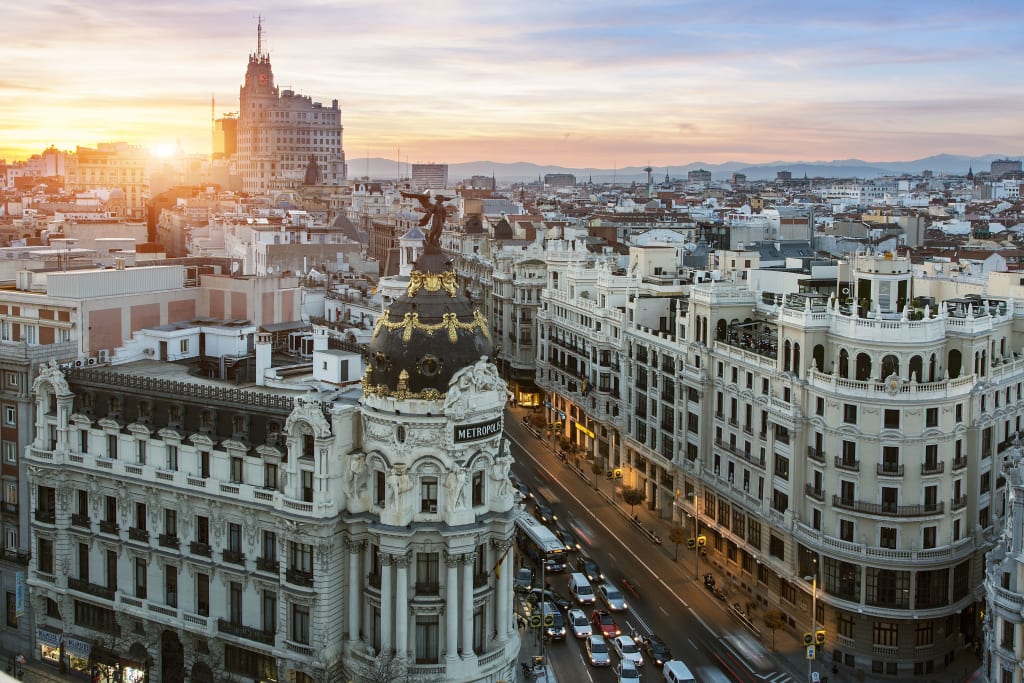
Madrid the capital of Spain is an amazing city with large boulevards, inviting green parks, art museums, churches, impressive architecture and so much more. The Manzanares River is located in the center of the Iberian Peninsula and passes through Madrid.
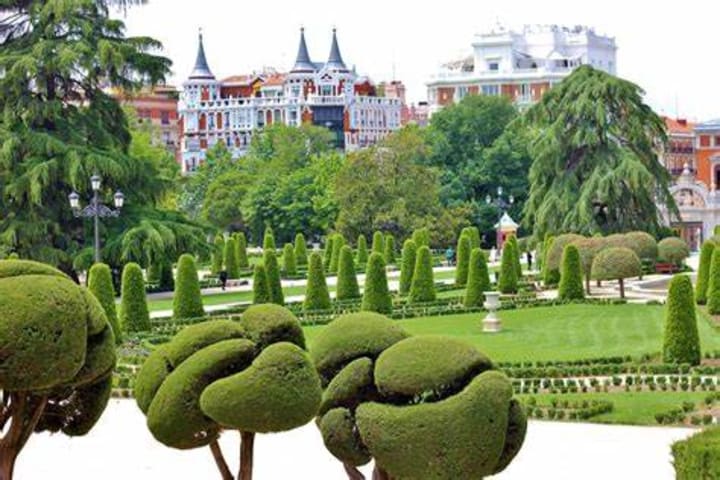
Buen Retiro Park is the favorite of all of Madrid’s parks. It offers visitors marble monuments, landscaped lawns, and plenty of green space upon which to relax and dream. It was the idea of Felipe IV in the 17th century as a preserve for kings and queens opened to the public in 1868.
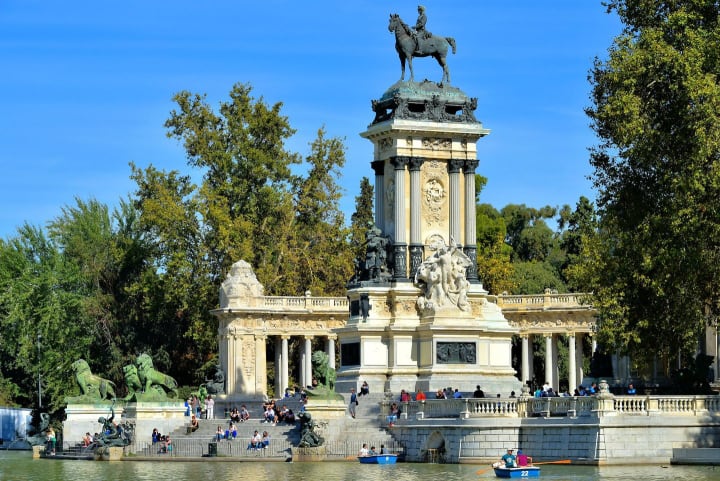
Take a stroll to the artificial lake where you’ll find a huge ornamental structure the monument to Alfonso XII on the east side along with marble lions. This is the place where people gather in the summertime to listen to music and dance. You can get a boat and row out onto the lake.
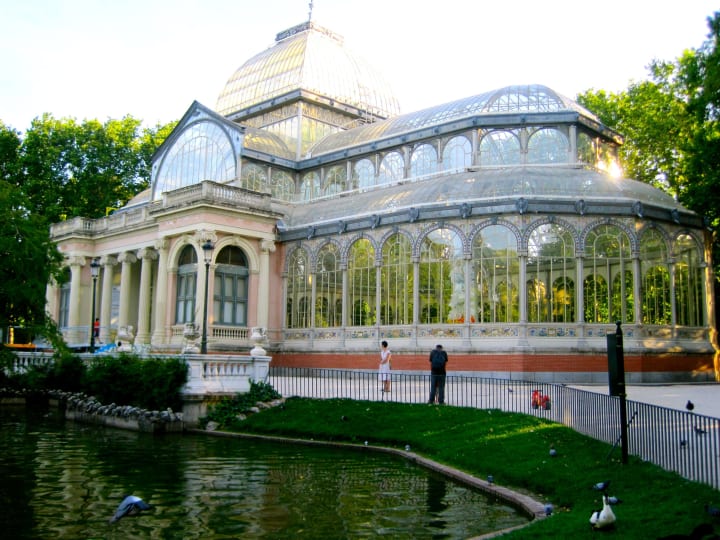
On the south side of the lake, you’ll find the Palacio de Cristal an amazing metal and glass structure and the most beautiful architectural monument in the park. It was built as a winter garden for exotic flowers in 1887. Today temporary exhibitions are held here.
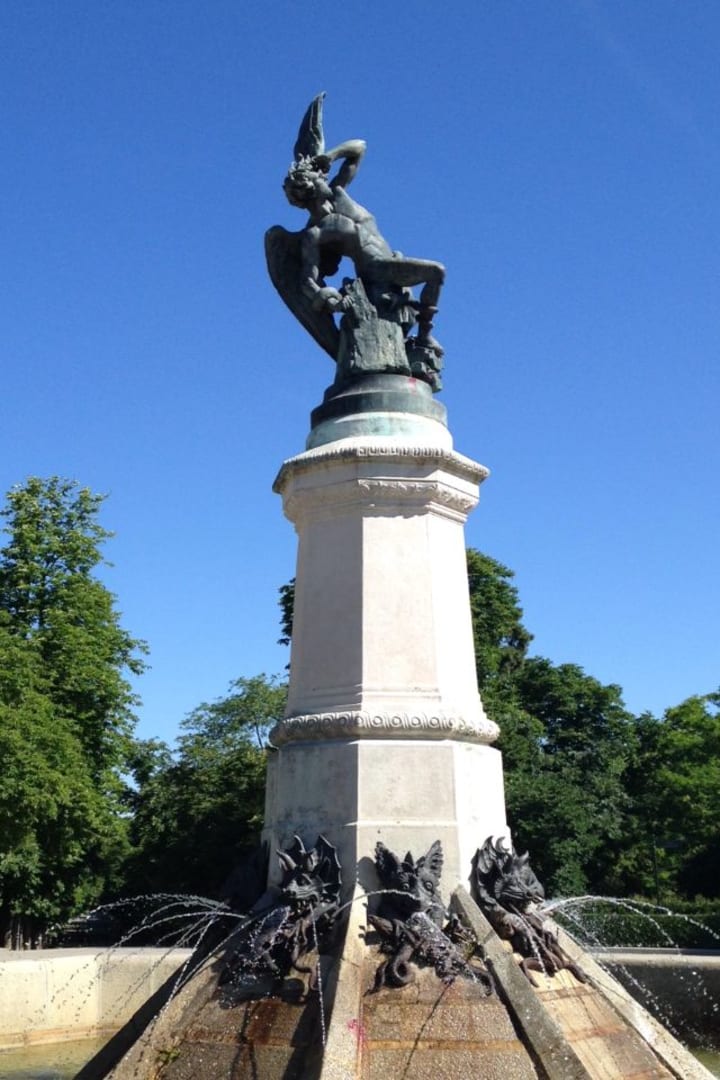
There is the magnificent Rose Garden that has over 4000 roses and an incredible statue of the Fallen Angel known as Lucifer. This is one of the few statues found anywhere in the world of the devil.
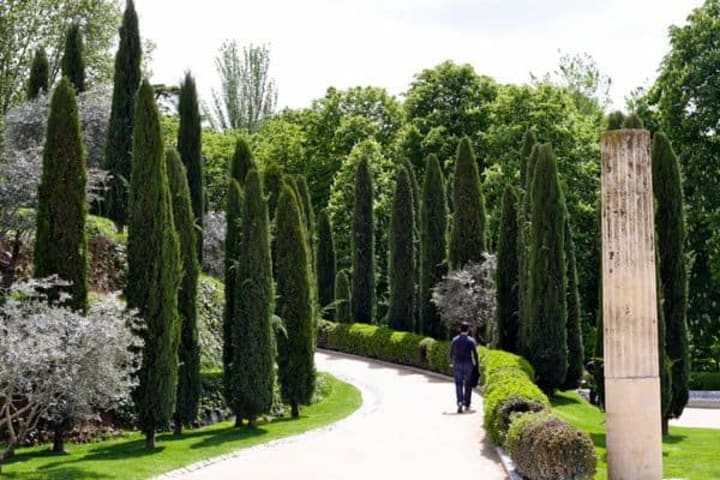
To the west is the Memorial Forest. A memorial to 191 victims of the March 11, 2004 train bombing, and for each victim there is an olive or cypress tree growing.
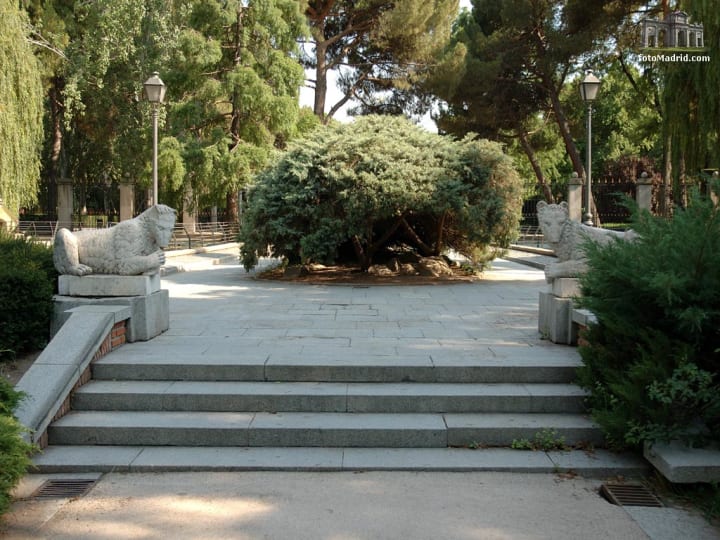
You’ll also see sculpted hedgerows, wandering peacocks, and lily ponds in the Jardines del Arquitecto Herrero Palacios.
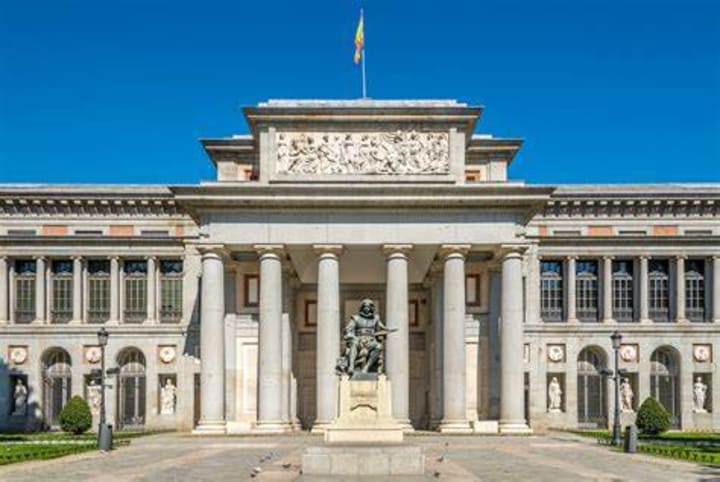
The Prado Museum is one of the world’s premier art galleries with over 7000 paintings. At present, there are about 1,500 on display. When the museum first opened there were 311 Spanish paintings on display. A lot of artwork by Francisco Jose de Goya y Lucientes can be found throughout the museum. Other paintings by Spanish masters include the artwork of Velazquez and visitors most often come to see his painting Las Meninas found in room 12. It was completed in 1656 and is officially known as La Familia de Felipe IV. There are other fine paintings that this painter has done of royalty. Other paintings by different Spanish and European Masters are on display as well as artwork by Flemish masters such as Rubens. The eastern wing offers temporary exhibitions and has a bookshop and cafe.
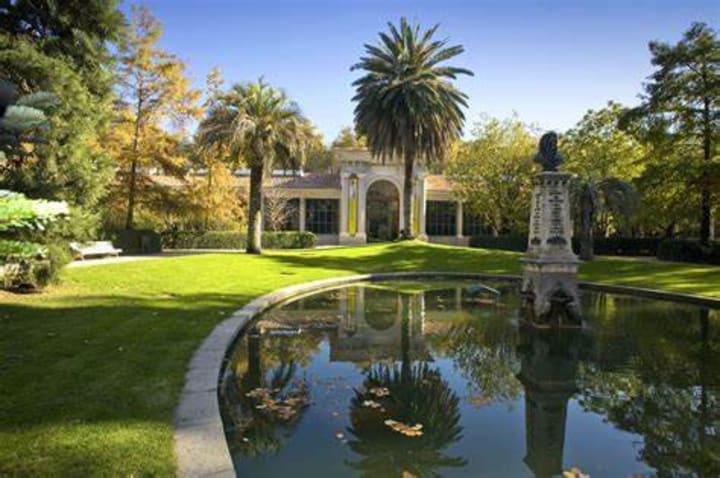
Next to the Prado Museum is the lovely Real Jardin Botanico/Royal Botanical Garden. Here you'll find shady paths, benches to relax on, sculptures to admire, and greenhouses. Two interesting gardens are the Kitchen Garden with planted vegetables and the Rose Garden which blooms in May and early June.
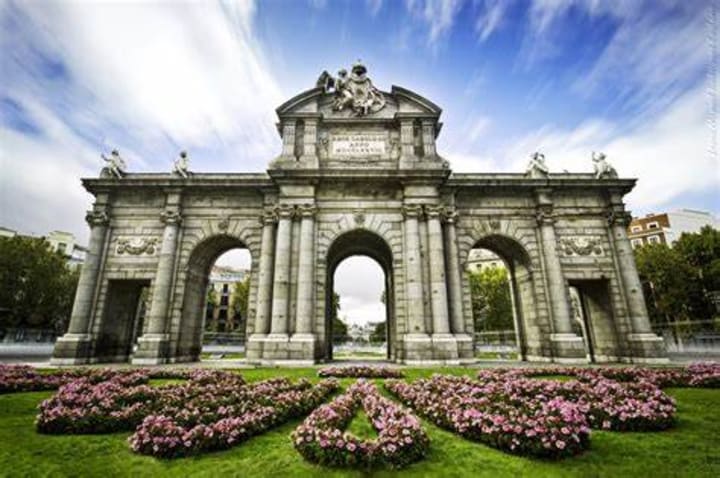
Puerta de Alcala is a neo-Classical triumphal arch. It was commissioned by King Charles III to celebrate the arrival of monarchs to Madrid. It is nearly 30 meters high. The facade of this granite entrance gate is adorned with sculptures and decorative reliefs.
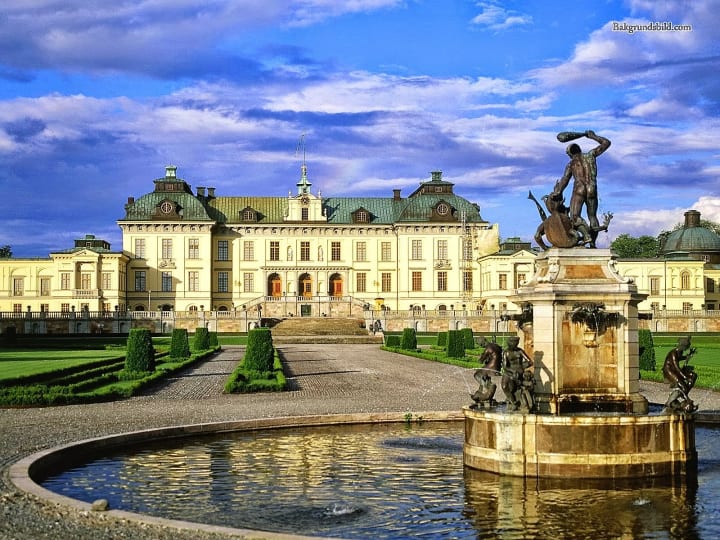
The Royal Palace is the Spanish version of Versailles in Paris, France. The palace is the official residence of a monarch (King of Spain) and continues to be used for official State events.
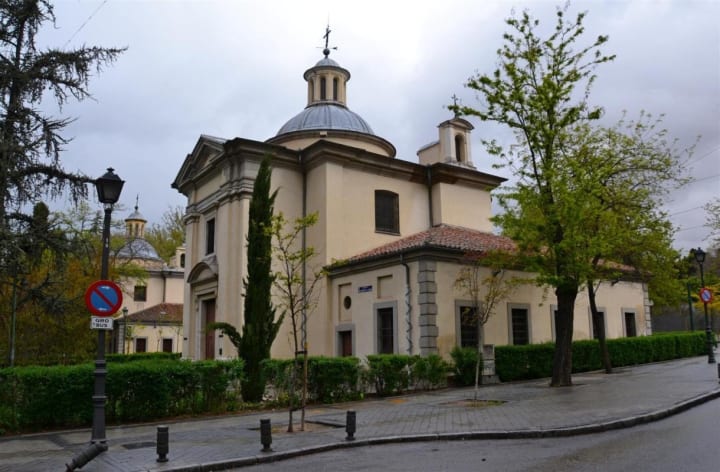
The Hermitage of San Antonio de la Florida is a little 18th-century chapel that sits on the banks of the Manzanares River behind the Royal Palace. On June 13th it hosts an annual festival to honor Saint Anthony of Padua. The inside of the chapel has become a pilgrimage for art lovers. You can see the amazing frescoes painted by Francesco Goya which decorate the vaults and ceiling. It has been designated as a National Monument and no longer is used for religious services to protect the frescoes.
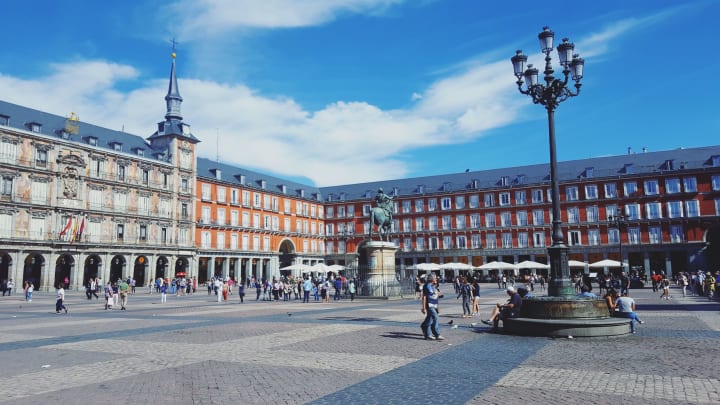
At one time the center of Madrid’s social life was Plaza Mayor surrounded by lots of elegant architecture. This is the location of the building that houses the Prado Museum.
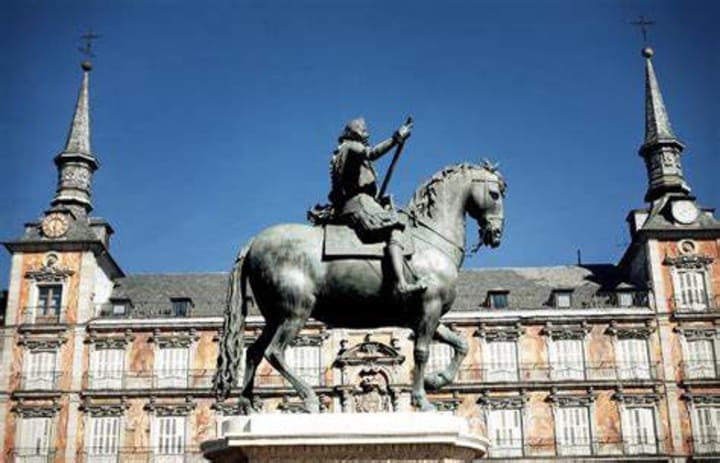
In the middle of the square is the most impressive equestrian statue of Felipe III. On Sunday mornings you can find people here trading old coins, banknotes, and stamps. In December and early January, the Christmas market is here.
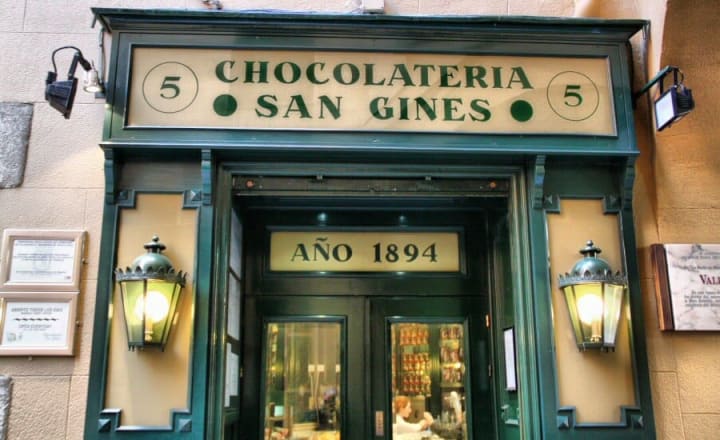
Not far from the Plaza Mayor is the Chocolateria San Gines. Here you can refresh yourself and enjoy the famous chocolate con churros (hot chocolate with deep-fried pastries). This is a wonderful 24-hour chocolate boutique and cafe.
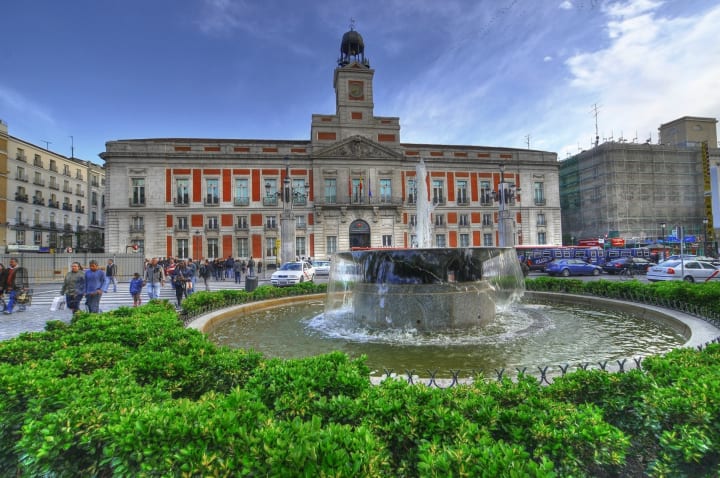
The Puerta del Sol was named after the sun emblem on the old city gate that once stood here. This town square aligns with the rising sun. Not only is it a hub of public transportation but also “Kilometer Zero” the point from which all distances on the Spanish national road network are measured. This square has been the scene of various historic events like the Spanish resistance to Napoleon on May 2, 1808, and in 1931, the Second Republic was proclaimed here. The square is lined with cafes and shops and people enjoy relaxing here.
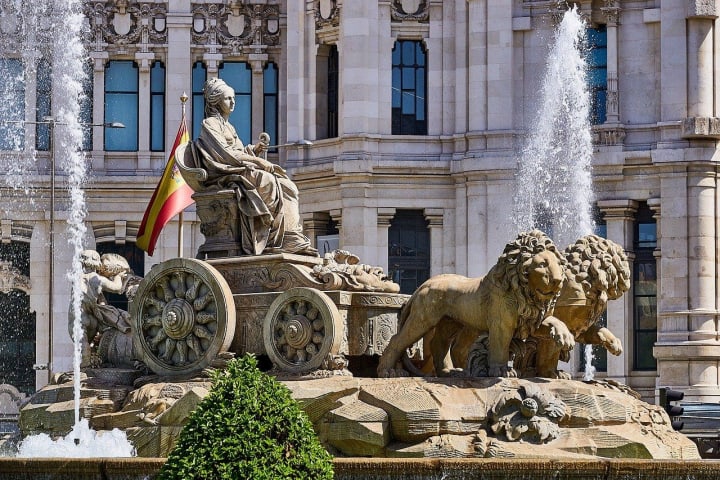
The Fuente de Cibeles/Cybele's Fountain stands in a major traffic intersection. It is one of the most emblematic monuments in Madrid. Lifelike statues depict the Roman goddess Cybele riding a chariot drawn by lions.
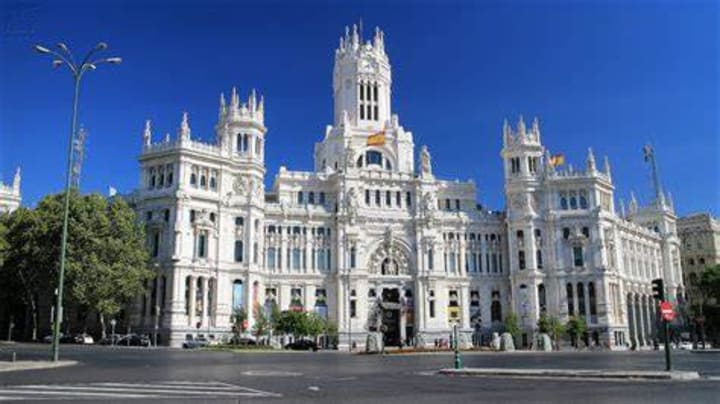
Behind the fountain is the Palacio de Cibeles, housing the CentroCentro cultural center. This center hosts art exhibitions, workshops, conferences, and concerts.
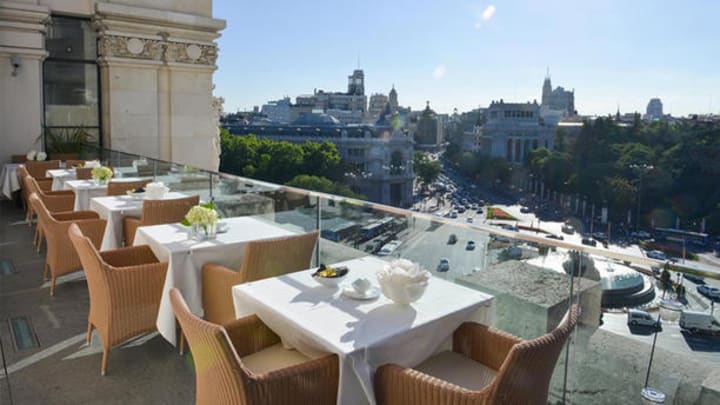
On the sixth floor of the center is the Restaurante Palacio de Cibeles with elegant dining and fantastic views over the city.
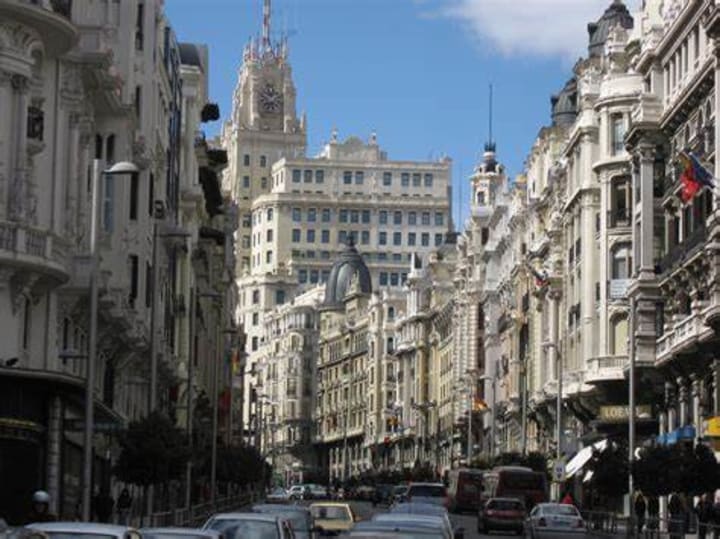
To have views of awesome architecture and impressive facades take a walk down the grand boulevard Gran Via. It stretches through the center of Madrid from Plaza de Espana to Calle de Alcala.
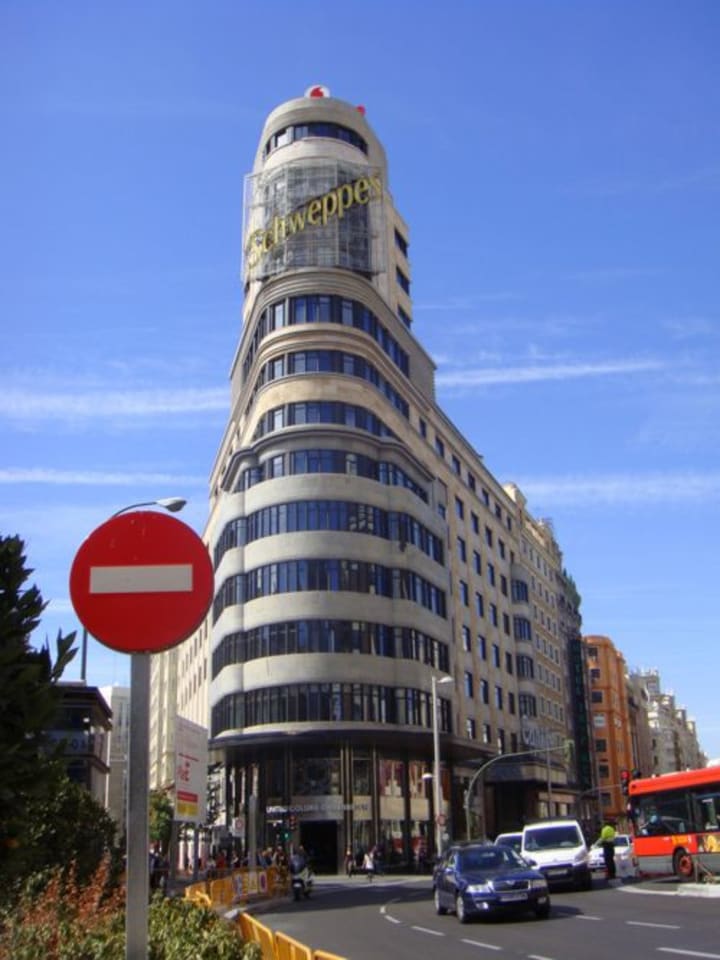
An eye-catching building is the Carrion located on the corner of Gran Via and Calle de Jacometrezo and was the city’s first pre-WWI tower block apartment hotel.
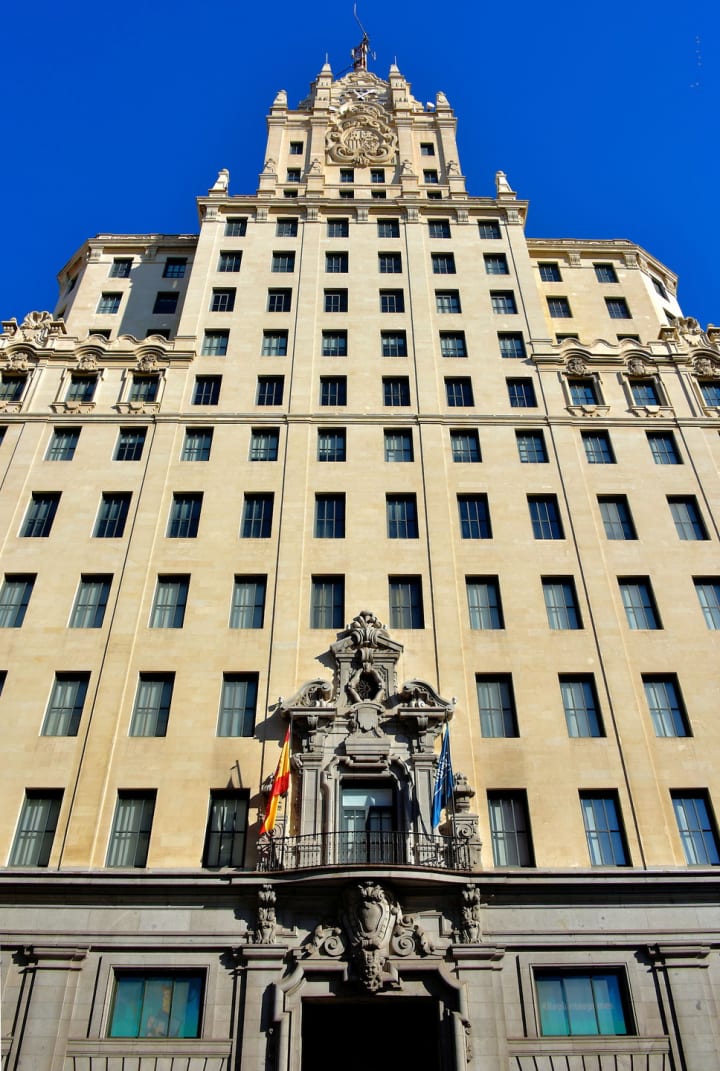
Also of interest is the 1920s-era Telefonica building.
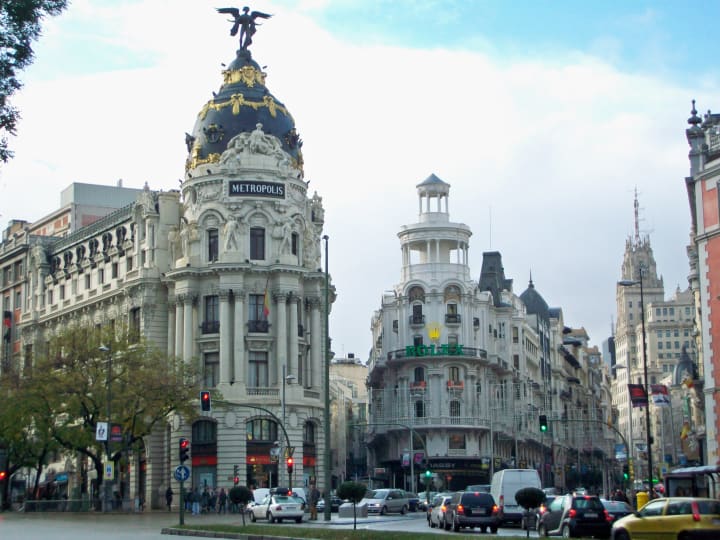
The French-designed Edificio Metropolis has a winged victory statue atop of its dome.
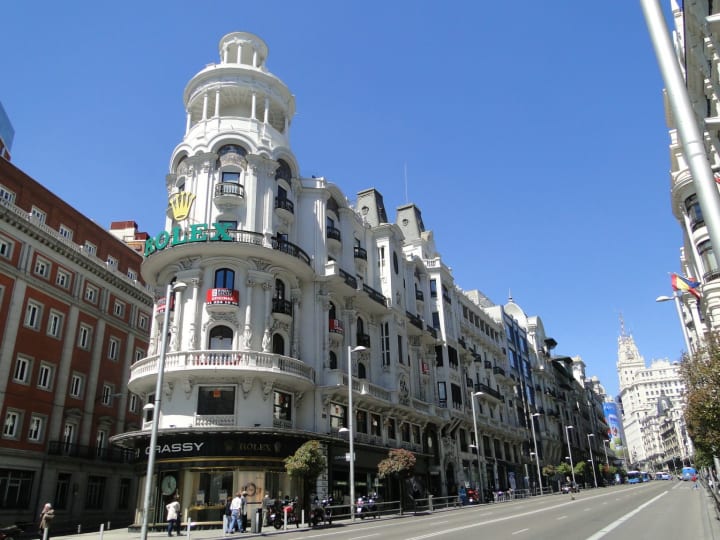
One of the most elegant is the Edificio Grassy with a circular temple as a crown and arcs and slender columns.
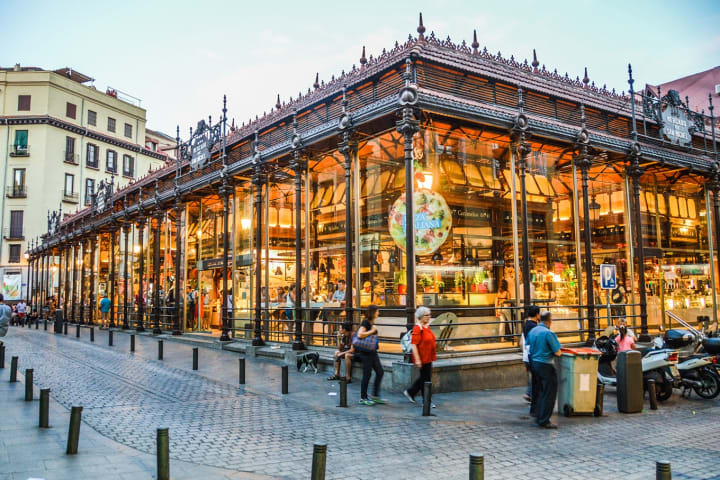
The Mercado de San Miguel has twenty different vendors that sell meat, cheese, fruit, and tapas. You can choose from the vendor stalls and even purchase food to sit at one of the tables to enjoy.
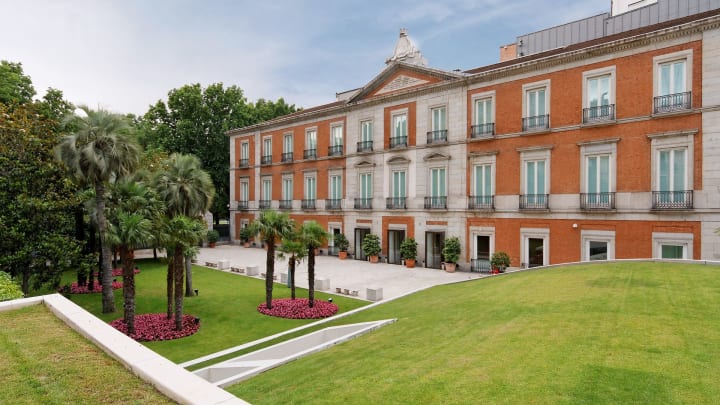
The Thyssen-Bornemisza Museum has displays of European art from the 17th century to the late 20th century. Nearly 1,000 paintings are displayed. The collection includes medieval religious art, Renaissance-era portraits and biblical themes, the Baroque period, Rococo, Romanticism, Impressionism, Fauvism, Expressionism, modern art, and Pop Art. It also has a great collection of American paintings from the 19th century.
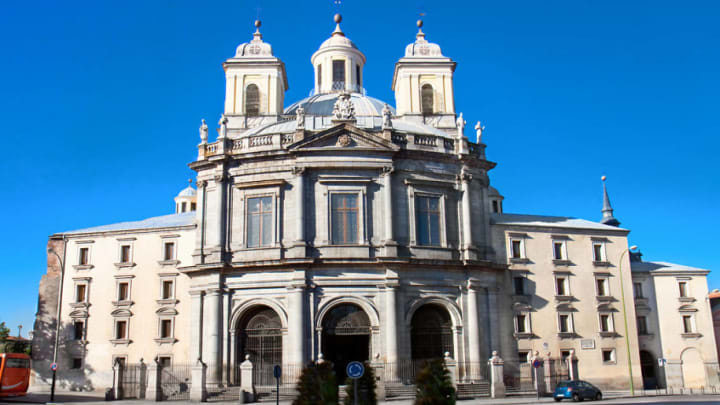
The Basilica de San Francisco El Grande is one of Madrid’s grandest old churches. It has a frescoed dome that is estimated to be the largest in Spain and the fourth largest in the world. Legend has it that St. Francis of Assisi built a chapel here in 1217. The present chapel was designed by Francisco Sabatini. The nave is circular and surrounded by chapels that are guarded by marble statues of the 12 apostles; 12 prophets carved in wood sit above them at the base of the dome. Each of the chapels has frescoes and is decorated but the one that draws the most attention is the neo-Plateresque Capilla de San Bernadino with the central fresco painted by Goya. The master painted himself into the scene. On a guided visit you can see a series of corridors behind the high altar that offer artworks from the 17th to 19th centuries. In the sacristy are wonderfully sculpted walnut seats where the church superiors used to meet.
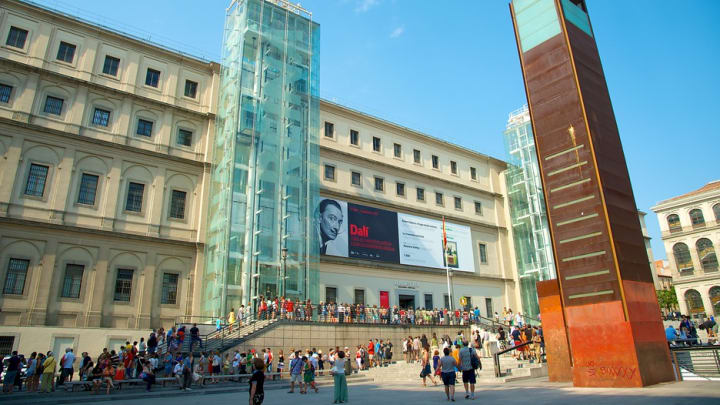
The Museo Nacional Centro de Arte Reina Sofia was opened in 1986 by Queen Sofia. It is a center for contemporary art. The museum building was created by architect Antonio Fernandez Alba. It slightly resembles the Pompidou Center in Paris, France. There are three glass tours housing elevators on the outside of the building. This museum has more than 23,000 works of art in its collections.
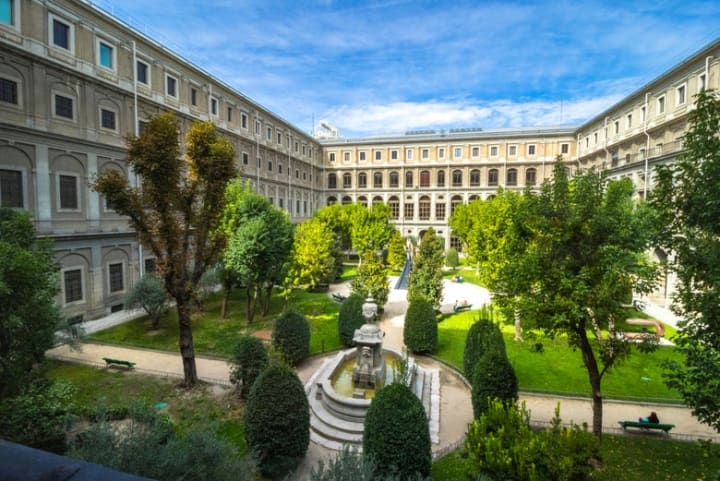
In the inner courtyard is a lovely garden with imaginative sculptures.
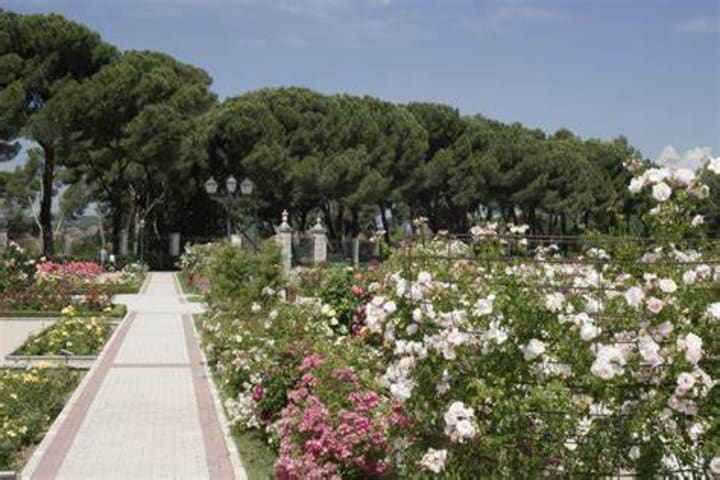
Another wonderful park can be found to the west – Oeste Park. It offers a marvelous and lovely rose garden Here annual flower shows and competitions are held.
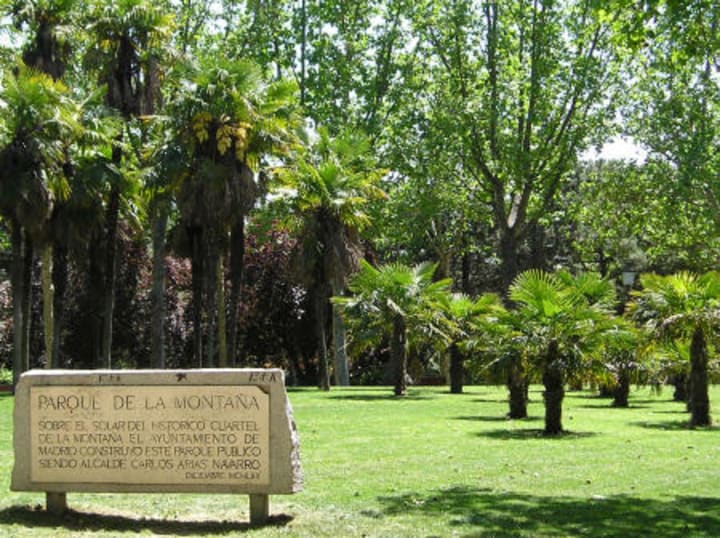
To the south of the rose garden is an area called the Mountain Park due to its elevation. From the top you get a fantastic view of the Casa de Campo which is Madrid’s largest urban park.
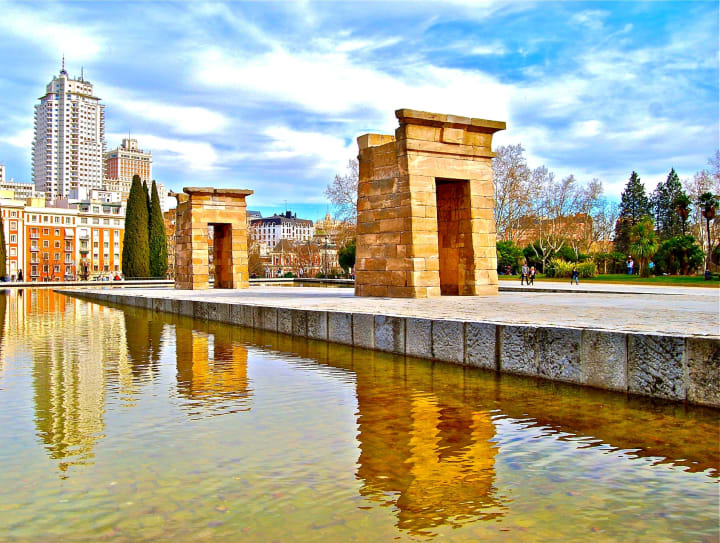
Visitors come to Oesta Park to see the Templo de Debod an authentic Egyptian temple.
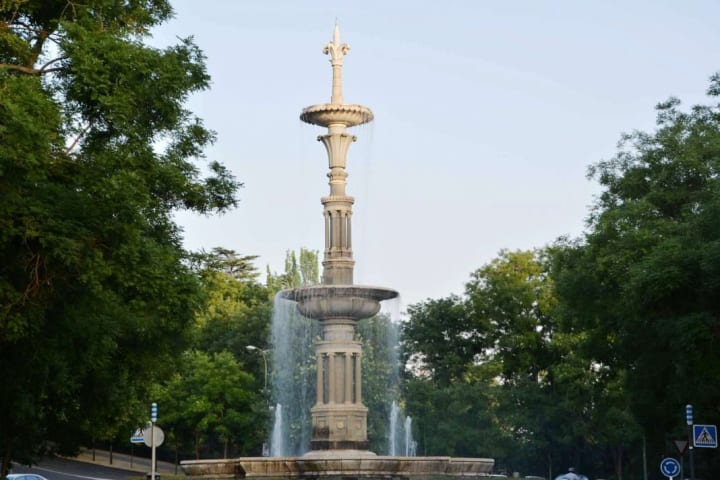
At the north end of the park is one of the city’s tallest fountains, the Fuente de Juan de Villanueva. It was created in 1952 by sculptor Santiago Costa and a trio of architects and honors architect Juan de Villanueva.
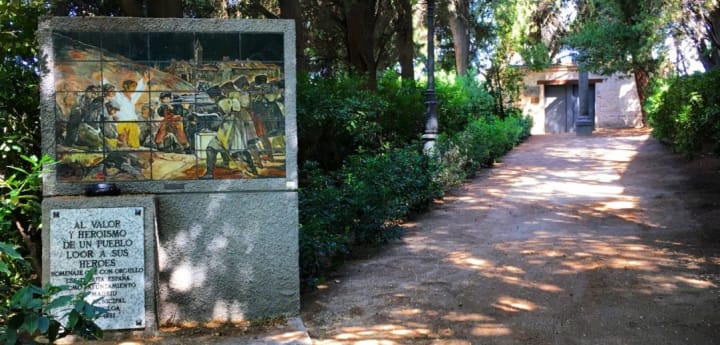
At the La Florida Cemetery lie the casualties of the event that took place on May 3, 1808, during the French occupations when French troops executed 43 rebels at the Parque de la Montana. This event has been depicted in a painting by Goya.
About the Creator
Rasma Raisters
My passions are writing and creating poetry. I write for several sites online and have four themed blogs on Wordpress. Please follow me on Twitter.
Enjoyed the story? Support the Creator.
Subscribe for free to receive all their stories in your feed. You could also pledge your support or give them a one-off tip, letting them know you appreciate their work.


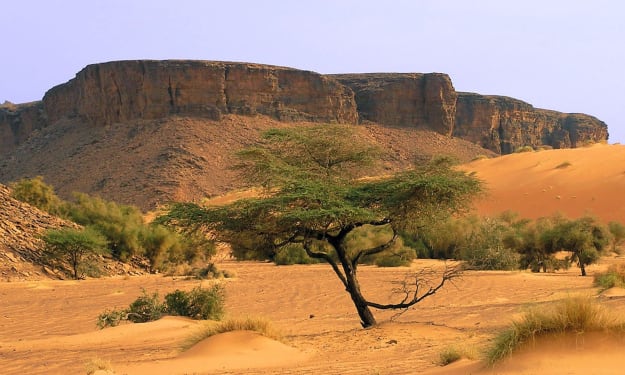
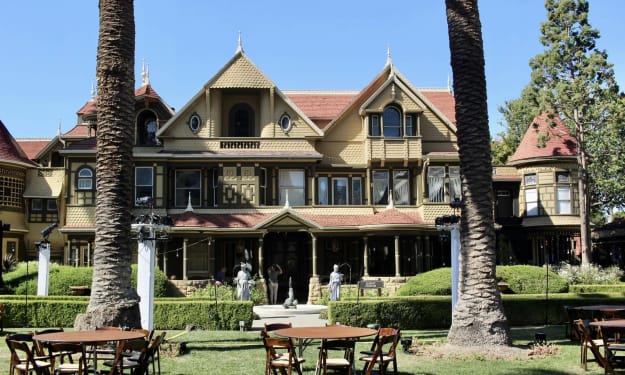


Comments
There are no comments for this story
Be the first to respond and start the conversation.